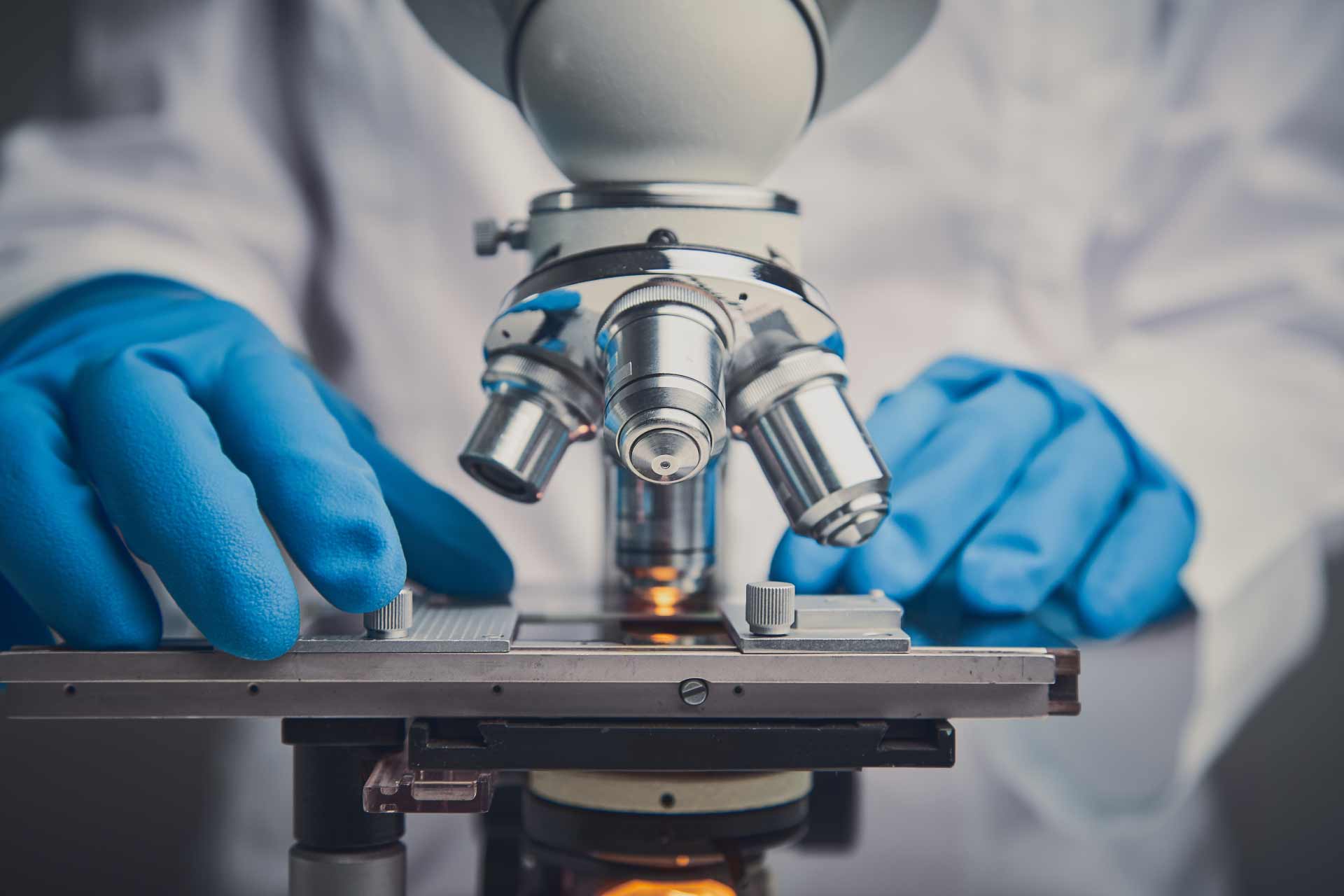What is already known on this topic
Microbial communities include closely related microorganisms that present only minor genomic variations. This makes it hard to differentiate microbial lineages and catalog the different members of a microbial community.
What this research adds
Researchers sequenced the microbial metagenome in sheep guts using a technology called long-read sequencing, which can read long DNA fragments — more than 15,000 base pairs — in one go. By combining long-read sequencing with advanced algorithms, the researchers could identify the genomes of 428 microbial species with more than 90% completeness. They could also differentiate between nearly identical organisms, many of which had been invisible to older sequencing technologies that read only a few hundred base pairs at a time.
Conclusions
Identifying specific microbial species in complex communities could help inform efforts to use microbes in medicine and other scientific endeavors, such as studying plastic biodegradation in the ocean and measuring carbon release and capture.
We are surrounded by microbes, but most of them have been ‘invisible’ due to limitation of sequencing technologies. Now, researchers have combined newer sequencing approaches with advanced algorithms to differentiate between nearly identical organisms and more completely catalog microbial communities.
“Having better ways to read genomes in complex environments sets the stage for improved efforts to write the genomes we need to solve many of society’s most pressing problems,” says Rob Knight, director of UC San Diego’s Center for Microbiome Innovation. The study was published in Nature Biotechnology.
Microbial communities include closely related microorganisms that present only minor genomic variations. This makes it hard to differentiate microbial lineages, especially when researchers rely on so-called “short-read” sequencing technologies, which read only a few hundred base pairs at a time and have trouble assembling complete genomes.
Newer approaches called “long-read” sequencing technologies, which can read much larger DNA fragments — more than 15,000 base pairs in one go, have emerged as a potential solution.
Researchers led by Pavel Pevzner at the University of California San Diego and Timothy Smith at USDA Meat Animal Research Center set out to employ long-read sequencing to analyze the microbial metagenome in sheep guts.
HiFi technology
The researchers used HiFi, a long-read sequencing technology developed by California-based biotech company Pacific Biosciences.
By combining HiFi with advanced algorithms, the researchers identified the genomes of 428 microbial species with more than 90% completeness. Many of those microbes had been invisible to short-read technologies. The HiFi technology and associated algorithms could help researchers to assess the exact composition of a microbial sample, the authors say.
“Characterizing microbiomes of ruminant livestock, like sheep, can be used to develop methods to reduce disease, environmental impact and greenhouse gas emissions, while improving productivity,” Smith says. “Strain-level genome resolution will help track genes related to antimicrobial resistance and determine the extent animal husbandry might be contributing to the rise of antibiotic resistance in human and animal diseases.”
Broad applications
Although the study focuses on microbes in the sheep gut, the applications of HiFi technology and associated algorithms could be much broader, since humans and other animals, as well as plants and the environment, are all home to complex microbial communities.
Identifying specific microbial species in complex communities could help inform efforts to use microbes in medicine and other scientific endeavors, such as studying plastic biodegradation in the ocean and measuring carbon release and capture.
“Rather than combining similar organisms into one bucket, we can now differentiate them and get a true metagenomic picture of complex bacterial communities,” Pevzner says. “Like complete genomics, which is already being applied to rare disease diagnostics, complete metagenomics may soon make its way into medicine and many other disciplines.”









